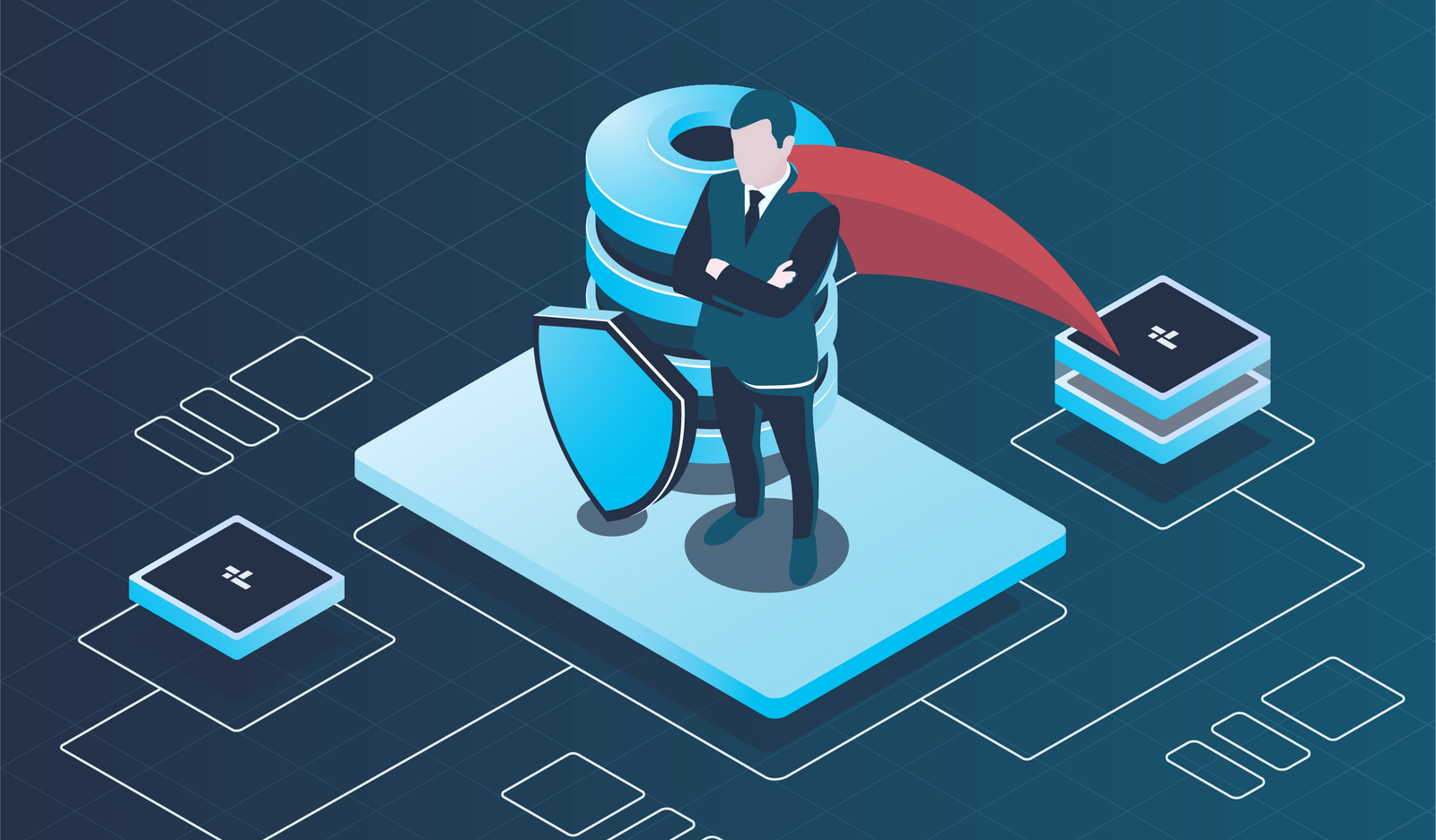We use cookies to personalise site content, social media features and to optimise your site experience.
 Paul -
13 October 2022 -
Cyber Solutions Vendor -
781 views -
0 Comments -
0 Likes -
0 Reviews
Paul -
13 October 2022 -
Cyber Solutions Vendor -
781 views -
0 Comments -
0 Likes -
0 Reviews

Technology is essential. It is, however, only as good as the people who use it. Therefore, it is essential to use technology that meets your needs and that is simple yet effective for staff to manage. Impatient employees are known to short-circuit overly robust security systems.
For cyber security protection, various technologies such as firewalls and VPNs are used. It is a common misconception that cyber security is solely concerned with technology. It is a massive part of cyber security, but alone, it is not enough to protect you from modern cyber threats.
Through the deliberate exploitation of systems, networks, and technologies, effective cyber security reduces the risk of a cyber attack. Cyber security is a sub-section of information security. Cyber security consists of technologies, processes, and measures that are designed to protect individuals and organisations from cybercrime.
The three most important pillars of the cybersecurity world are:

Copyright © 2025
